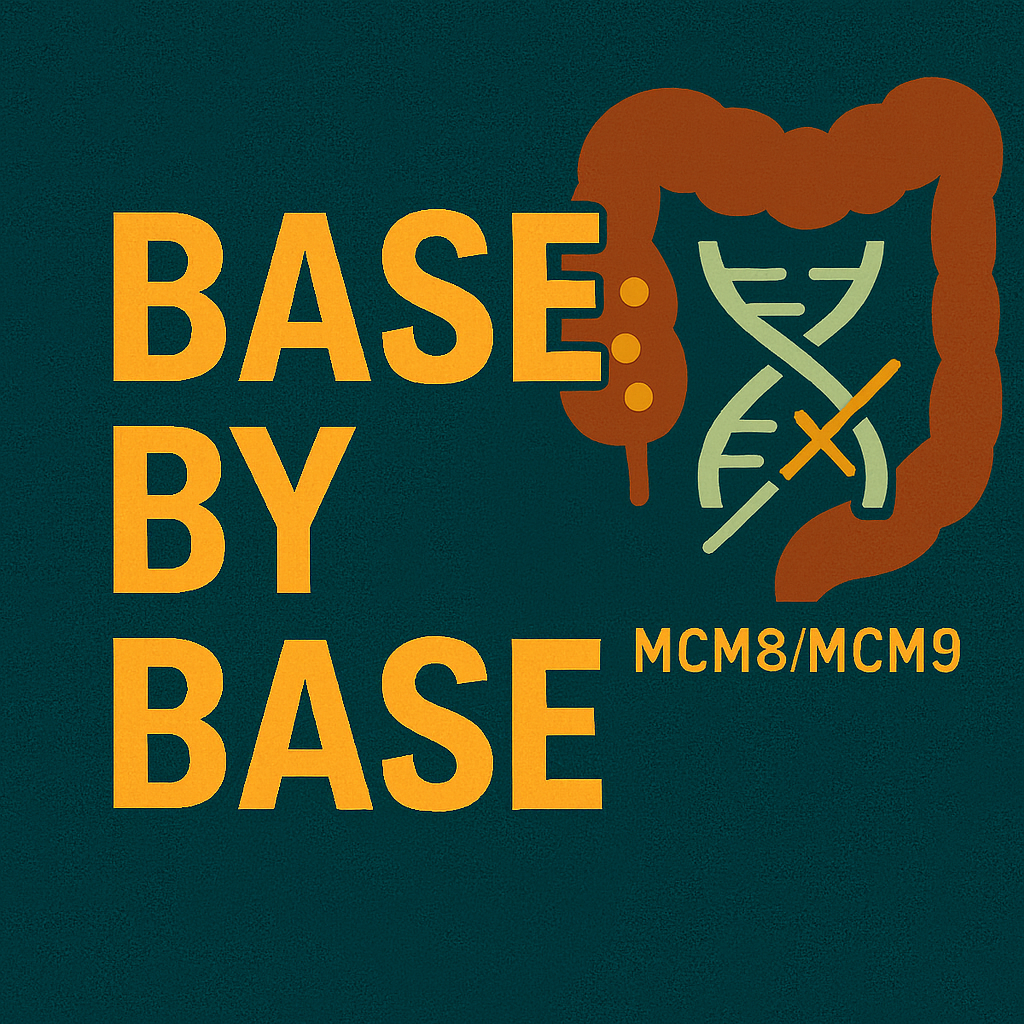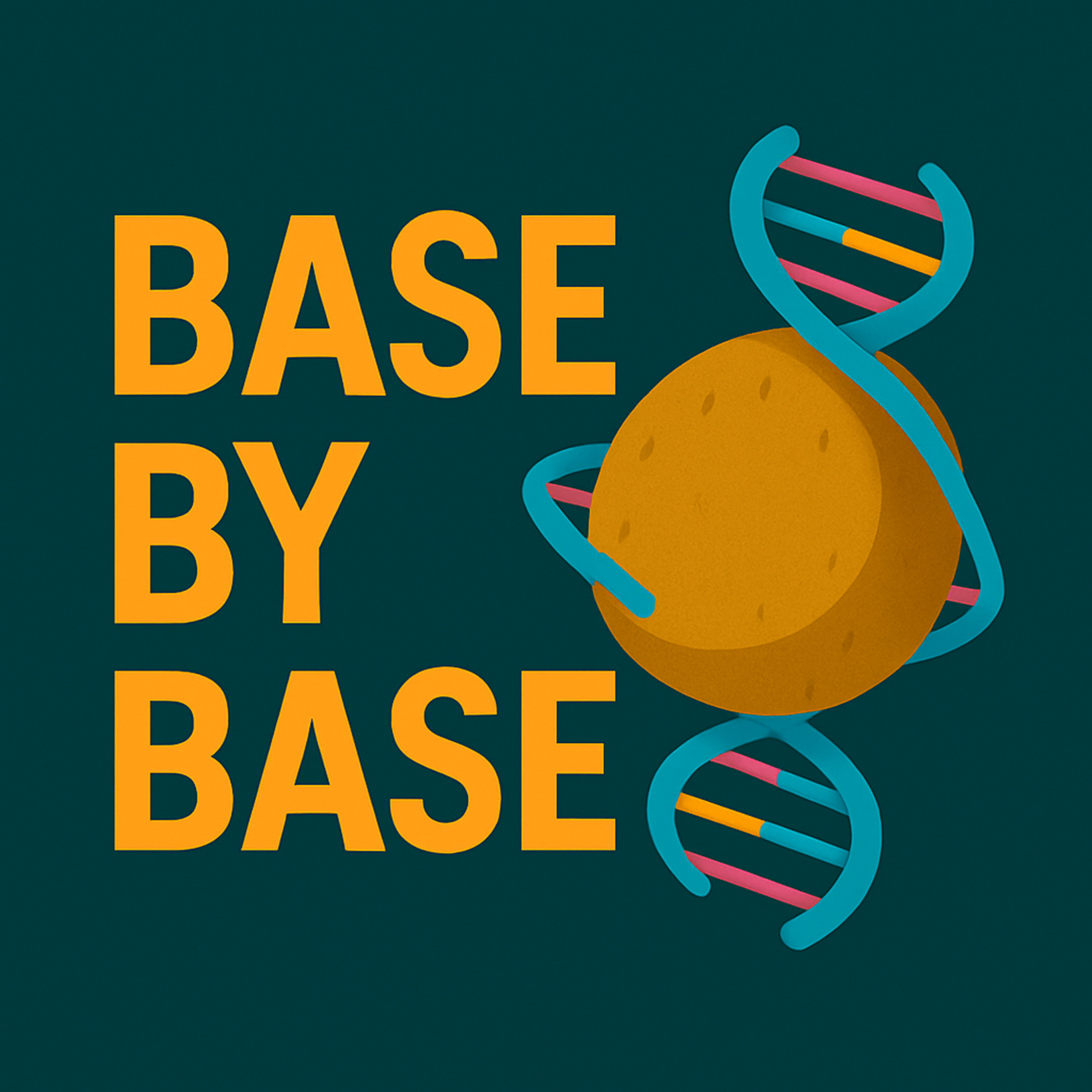Show Notes
️ Episode 37: Proteomic Clues — Prioritizing Functional Missense Variants with Chemoproteomics
In this episode of Base by Base, we highlight a new study by Palafox et al. (2025) in The American Journal of Human Genetics that bridges mass spectrometry-based chemoproteomics with variant interpretation. Missense variants—abundant and often challenging to classify—are prioritized here using measurements of amino acid reactivity, offering a protein-centric lens for clinical genomics. The authors leverage large-scale datasets on cysteine, lysine, and tyrosine reactivity to reveal that residues detected by chemoproteomics (CpDAAs) are significantly enriched in pathogenic and uncertain missense variants within genes associated with monogenic disease.
Using both linear (1D) and spatial (3D) proximity analyses, the study shows that pathogenic variants cluster near CpDAAs across clinically relevant proteins. CpDAAs were also found to be common in genes with high missense constraint and functional importance, including known drug targets. A case study on fumarate hydratase (FH) demonstrated how CpDAAs coincide with functionally disruptive variants affecting oligomerization, suggesting these chemically reactive residues may mark structural and clinical hotspots. Integration with CADD scores further supported their pathogenic potential.
Conclusion:
This work underscores the translational potential of chemoproteomics in variant interpretation and therapeutic targeting. By identifying amino acid sites with high functional relevance, especially those enriched for VUS and pathogenic variants, this approach adds an orthogonal layer of evidence to conventional genomics and may accelerate the development of precision therapies.
Reference:
Palafox, M.F., Boatner, L., Wilde, B.R., et al. (2025). Prioritizing disease-associated missense variants with chemoproteomic-detected amino acids. Am J Hum Genet, 112, 1–15. https://doi.org/10.1016/j.ajhg.2025.04.017
Licensed under CC BY 4.0 – https://creativecommons.org/licenses/by/4.0/




